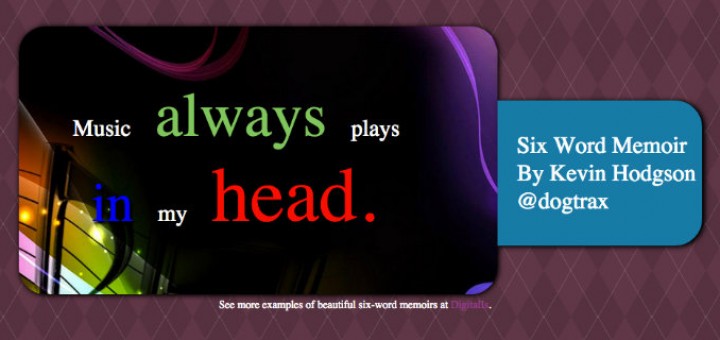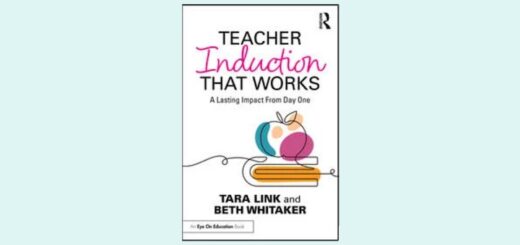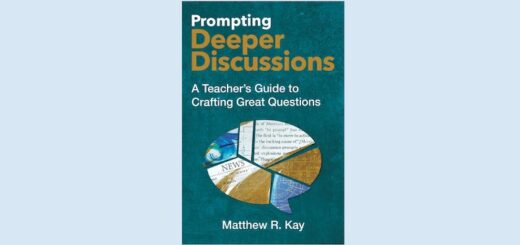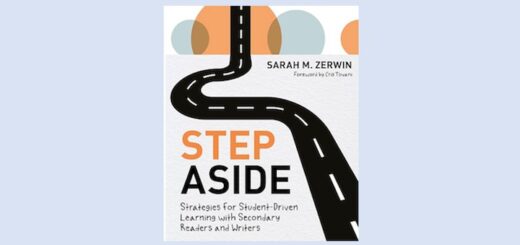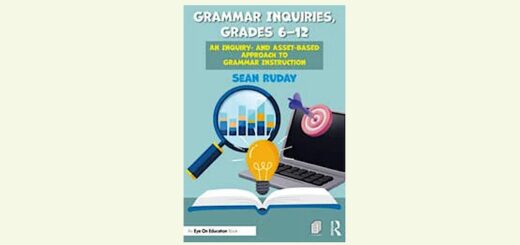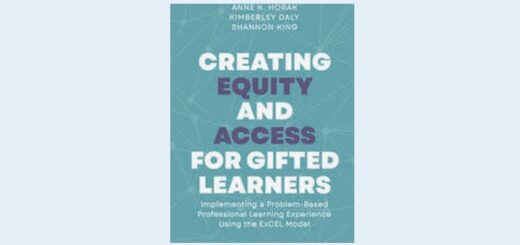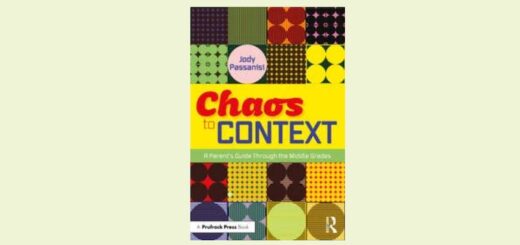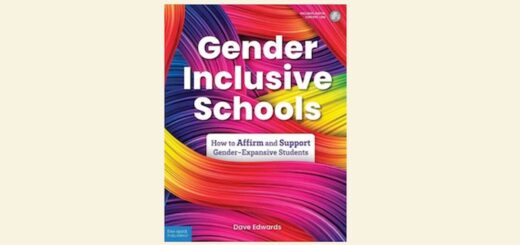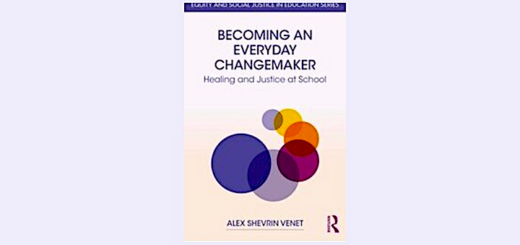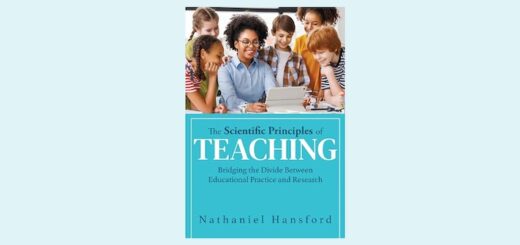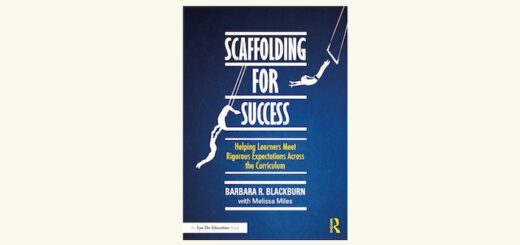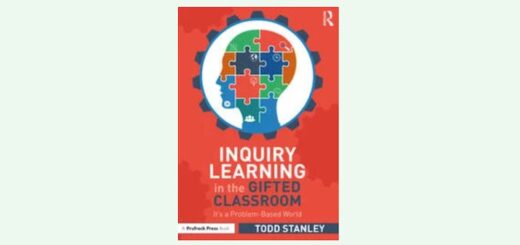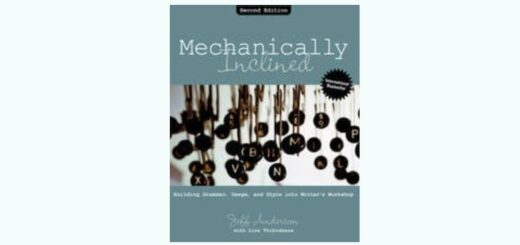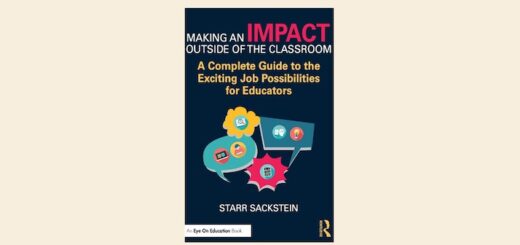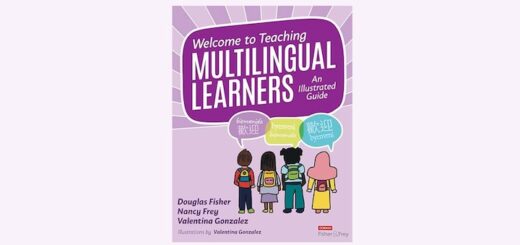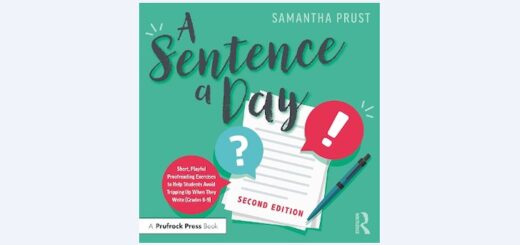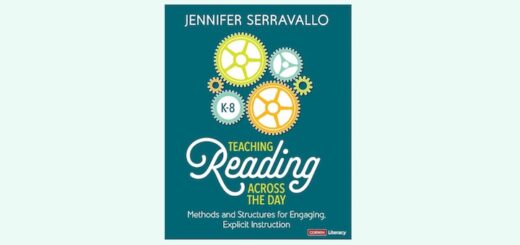Teaching and learning in grades 4-8
Literacy expert Laura Robb offers her research-based argument for refocusing American school reform on strategies to strengthen support for teachers and promote opportunities for all children to become creative, divergent thinkers and problem solvers.
Mary Tarashuk fantasizes about a reality TV show that features education policy makers who must survive for a month as classroom teachers without drowning in the paperwork or getting voted off the island by a misguided performance evaluation system.
Kevin Hodgson assumed his students would enjoy writing Six Word Memoirs, particularly within a comic site. What he didn’t expect was the level of enthusiasm, as even struggling writers dove into the concept, creating a wide range of (very) short stories.
With quick concise sections, summary bullet points, engaging verse, reflective questions, bonus lists, and easy to use tabbing, Seven Simple Secrets: What the BEST Teachers Know and Do is a book educators need at their fingertips, says reviewer Laura Von Staden.
Procedures, leavened with humor & engaging vignettes, replace rules in Seven Simple Secrets: What the BEST Teachers Know and Do. Educator Laurie Wasserman says it keeps her fresh & renews her passion for teaching. For new & veteran educators.
Brief yet thought provoking, Short on Time is a worthwhile read for leadership teams, says principal Joseph D’Amato. Readers will find suggestions for managing priorities, maximizing learning, and growing through collaboration – plus a helpful list of action steps.
When our social studies bloggers planned their U.S. History curriculum, they made sure to add contemporary music. The lyrics of rap and country decontextualize historical themes and let students make connections tying the past to the present.
Whether you’re a principal, staff developer or teacher leader, you’ll find ideas to convey your PD message effectively in this checklist adapted from “The Ten-Minute Inservice” by experts Todd Whitaker and Annette Breaux. One tip: Walk your talk.
As STEM educator Anne Jolly discovered while facilitating a recent online PD class, many teachers still wonder, “Am I teaching STEM?” Here, Jolly offers a clear guide for determining whether projects and lessons meet the STEM acid test. Checklist included!
When bickering and bullying began to weaken her classroom culture, 6th grade teacher Mackenzie Grate tried a simple but powerful strategy involving pink and green sticky notes, 30 brown paper bags, and some brutal honesty. The results were impressive.



